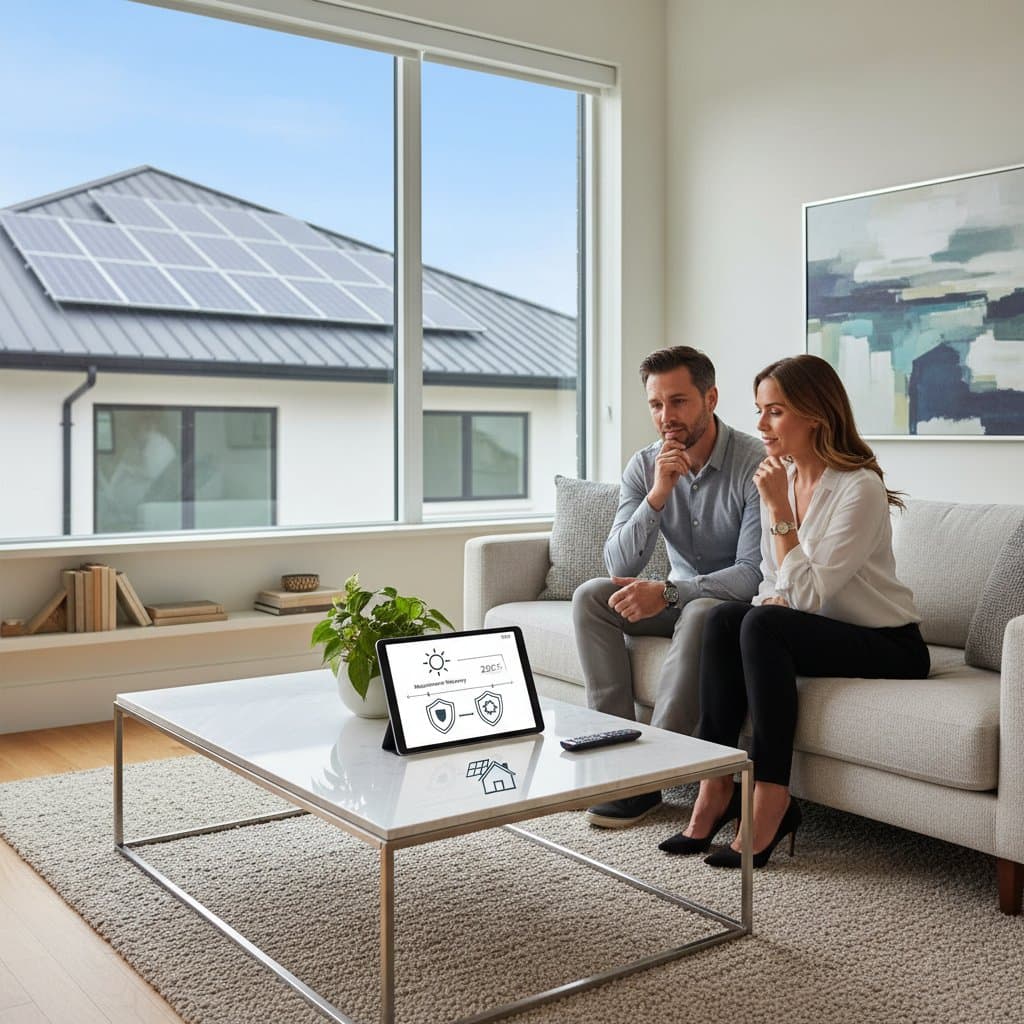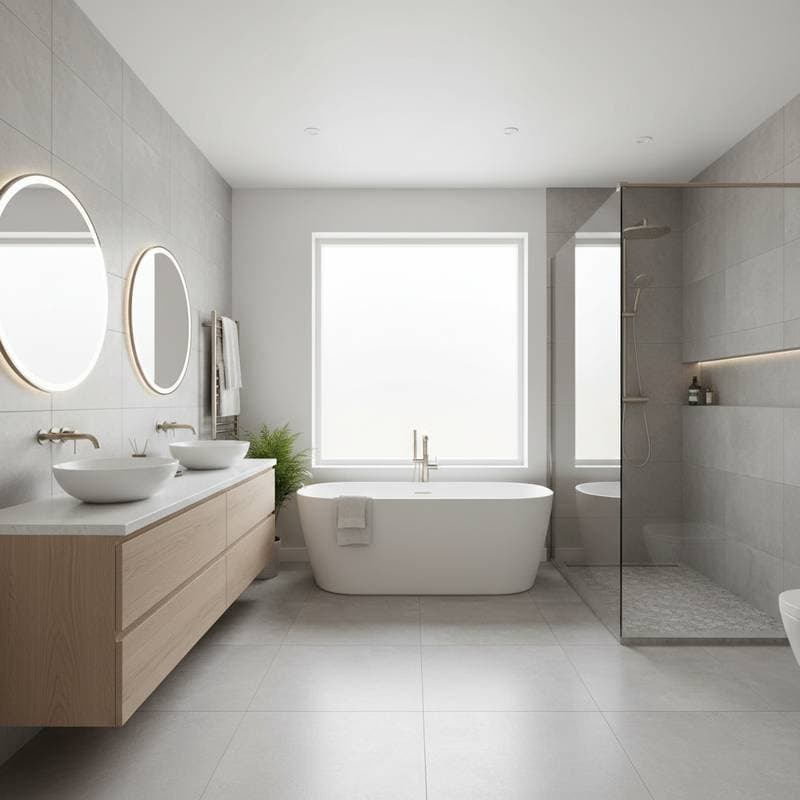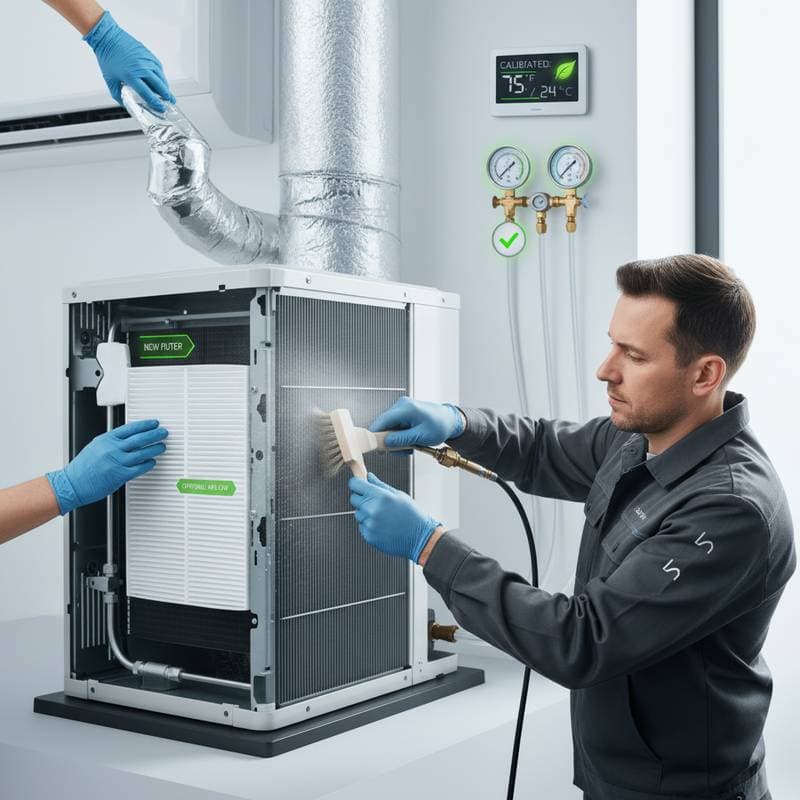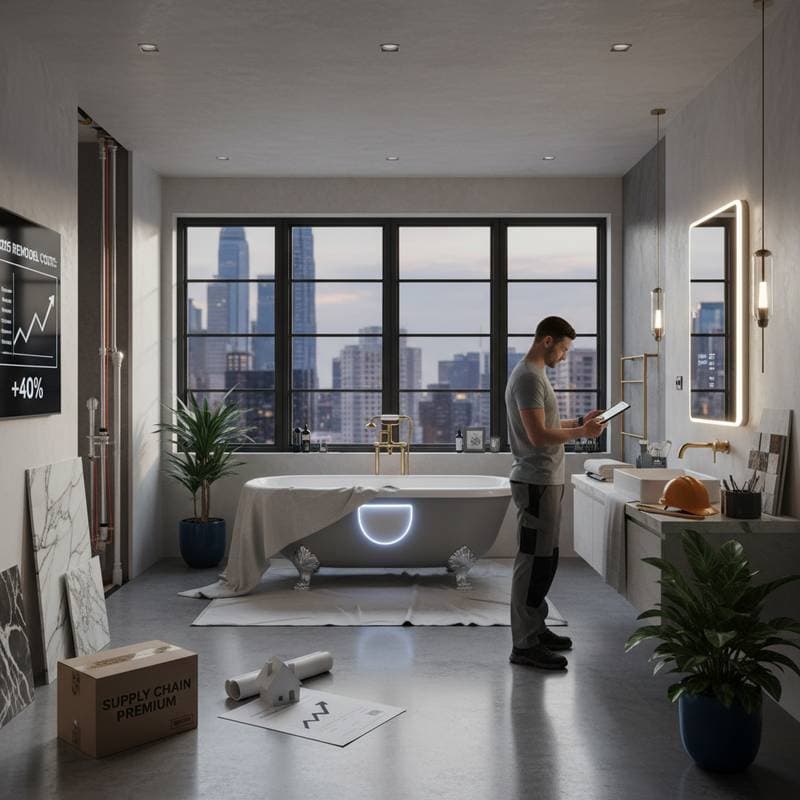2025 Solar Roof vs Panels: True Cost Verdict
Solar technology has evolved into a practical choice for many homeowners seeking energy independence. The key decision often boils down to selecting a complete solar roof or conventional solar panels. Each approach harnesses sunlight to produce electricity, but they diverge in installation methods, expenses, and long-term benefits. Homeowners benefit from evaluating these aspects to align the system with their financial situation and home features.
Understanding the Basics
A solar roof incorporates photovoltaic tiles that replace standard shingles, functioning as both a protective barrier and an energy generator. These tiles integrate directly into the roof structure for a unified appearance. In contrast, a solar panel system affixes large, flat modules onto an existing roof surface, leaving the underlying shingles undisturbed.
Solar roofs attract individuals prioritizing visual harmony with their home's design. Panels draw those emphasizing cost-effectiveness and energy yield. Both technologies employ photovoltaic cells to transform sunlight into direct current electricity, which inverters convert for household use. The variations emerge in how they integrate with the home and influence overall expenses.
Comparing Costs and Value
The expense of a solar roof encompasses roofing replacement alongside energy system setup. This includes demolition of old shingles, placement of solar tiles, and integration of electrical components. Typically, solar roofs range from $20 to $40 per square foot installed, making them two to three times pricier than panels on a per-square-foot basis. Yet this investment covers a new roof, potentially extending its lifespan to 25 years or more.
Standard solar panels cost $2.50 to $3.50 per watt before incentives, with full systems for an average home totaling $15,000 to $25,000. Installation occurs atop the current roof, avoiding replacement fees unless the structure requires attention soon. Panels offer flexibility for future adjustments or relocations, unlike the fixed nature of solar roofs.
Homeowners scheduling a roof overhaul find solar roofs advantageous, as they consolidate projects and reduce disruption. Individuals with roofs under five years old often achieve better returns through panels, sidestepping redundant roofing costs. Federal tax credits, such as the 30% Investment Tax Credit, apply to both, but local rebates may favor one over the other based on regional programs.
| Aspect | Solar Roof | Solar Panels |
|---|---|---|
| Cost per Watt | $4–$6 | $2.50–$3.50 |
| Total for 5kW System | $40,000–$60,000 | $15,000–$25,000 |
| Payback Period | 10–15 years | 6–10 years |
| Includes Roof Replacement | Yes | No |
Efficiency and Power Generation
Efficiency rates indicate the percentage of sunlight converted to electricity, with modern panels achieving 20% to 22%. Optimal tilting allows panels to capture maximum exposure throughout the day. Solar roof tiles, designed for flat integration, typically reach 15% to 18% efficiency due to fixed angles and minimal spacing between units.
Over time, this efficiency disparity translates to 10% to 20% less annual output from solar roofs compared to equivalent panel arrays. For a 5-kilowatt system, panels might generate 7,000 to 8,000 kilowatt-hours yearly, while roofs produce 6,000 to 7,000. Homes with ample unshaded space and high consumption favor panels for superior power per investment dollar.
Location plays a role; sunnier regions amplify differences, while cloudy areas narrow them. System sizing ensures coverage of 80% to 100% of household needs, adjustable during professional assessments.
Durability and Lifespan
Solar roof tiles feature impact-resistant tempered glass, enduring winds up to 130 mph and hail up to two inches in diameter. They match premium asphalt shingles in longevity, often warrantied for 25 years against defects. The integrated design eliminates separate leak points between roofing and energy components.
Panels employ aluminum frames and ethylene-vinyl acetate encapsulation for weather resistance, backed by 25-year production warranties guaranteeing at least 80% output. Both withstand extreme conditions, but panels benefit from elevation, reducing heat buildup. Repairs for panels involve straightforward module swaps, whereas solar roof fixes demand coordinated roofing expertise.
Regular inspections every five years maintain performance. Manufacturers provide degradation rates of 0.5% annually, ensuring reliable output over decades.
Installation and Maintenance
Solar roof projects demand comprehensive roof preparation, custom tile cutting, and embedded wiring, extending timelines to four to six weeks. Certified specialists handle these intricate tasks, contributing to higher labor fees of $10,000 to $20,000. Availability concentrates in urban areas with trained crews.
Panel installations complete in one to three days, mounting racks to rafters and securing modules with minimal intrusion. Costs for labor range from $5,000 to $10,000, accessible through widespread installer networks. Both require permits and grid interconnection approvals from utilities.
Maintenance for panels includes biannual cleaning to clear obstructions, using soft brushes and water. Solar roofs self-clean via rain but necessitate annual professional scans for seal integrity and electrical health. Smart apps monitor real-time production, flagging issues like shading or faults early.
Aesthetic and Resale Appeal
Solar roofs enhance architectural flow, mimicking slate or wood without visible hardware. This subtlety suits historic or premium properties, elevating curb appeal by 5% to 10% according to market analyses. Panels, once bulky, now feature slim profiles and monochromatic finishes for reduced prominence.
Both installations signal energy efficiency, appealing to eco-aware buyers. Homes with solar recover 60% to 100% of costs at resale, depending on system age and local demand. Solar roofs particularly attract premium offers in design-oriented markets, while panels appeal broadly for proven savings.
Documentation of energy production and warranties strengthens listing value. Agents recommend highlighting annual bill reductions to prospective purchasers.
Environmental and Financial Returns
Solar systems reduce fossil fuel dependence, cutting 4 to 6 tons of CO2 emissions yearly for a typical setup. Panels deliver quicker environmental impact through faster deployment and higher yields. Roofs contribute similarly over time, with added benefits from durable, low-waste construction.
Financially, panels recoup investments in six to ten years via energy bill offsets of $1,000 to $2,000 annually. Solar roofs extend this to ten to fifteen years, offset by avoided roofing expenses of $10,000 to $20,000. Net metering credits excess power to utility bills, accelerating returns in supportive states.
Incentives like state rebates up to $5,000 or low-interest loans bridge gaps. Tools from energy departments estimate savings based on zip code, usage, and rates, guiding informed choices.
Safety and Technical Considerations
Professional installations adhere to National Electrical Code standards, incorporating arc-fault protection and rapid shutdown devices. Verify contractor credentials through state licensing boards and references. Insurance covers workmanship, essential for rooftop operations.
Fire risks minimize with grounded systems and non-combustible materials. Panels require ground-fault interrupters; roofs embed these in tile designs. Shading analysis via tools like solar pathfinders optimizes placement, avoiding 20% to 30% output losses.
Climate adaptations include heat sinks for panels in arid zones and enhanced seals for roofs in humid areas. Post-installation, annual safety checks ensure compliance with evolving codes.
Real Experiences from Homeowners
Homeowners share diverse insights across review platforms. Panel users frequently note installations under a week and bill drops exceeding 70%. One owner in a sunny suburb installed a 6kW panel array for $18,000 after credits, generating 9,000 kWh yearly and paying off in seven years.
Solar roof adopters emphasize aesthetic gains. A family replacing a 20-year-old roof spent $50,000 on integrated tiles, blending power with a 30-year roof warranty. They reported 6,500 kWh production, halving utility costs, and received compliments on the modern look during home sales.
Challenges include higher upfront hurdles for roofs, but satisfaction rises when timed with renovations. Panels suit budget-focused upgrades, while roofs reward long-term homeowners valuing integration.
Steps to Choose and Install Your System
Assess your roof's age, orientation, and condition through a free audit from local experts. Calculate energy needs by reviewing past bills and projecting usage. Compare quotes from at least three certified providers, focusing on total ownership costs including incentives.
Explore financing options like solar loans or leases to manage payments. Schedule during off-peak seasons for discounts. Post-installation, track performance monthly to maximize savings and address issues promptly.
Both options advance sustainable living; select based on your priorities for cost, looks, and efficiency to secure lasting benefits.





